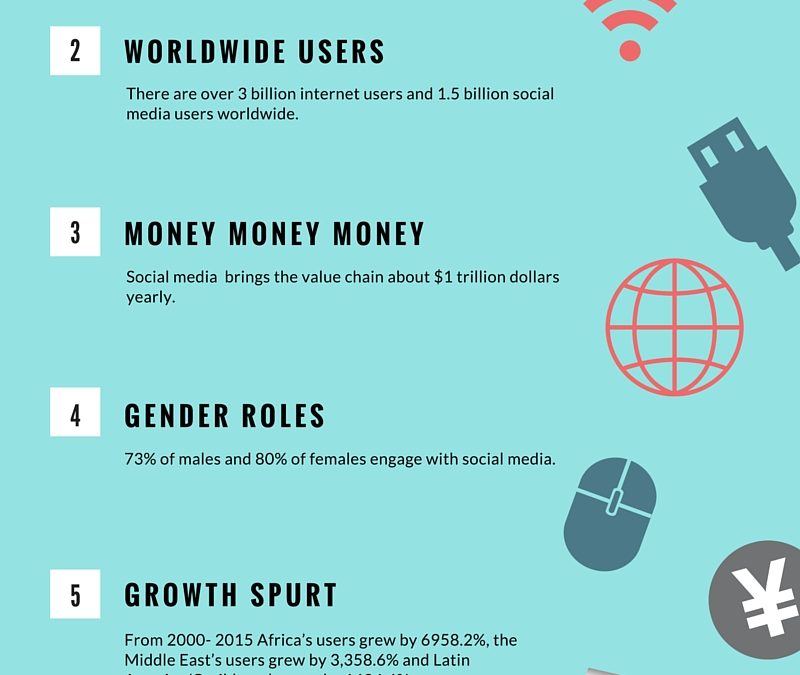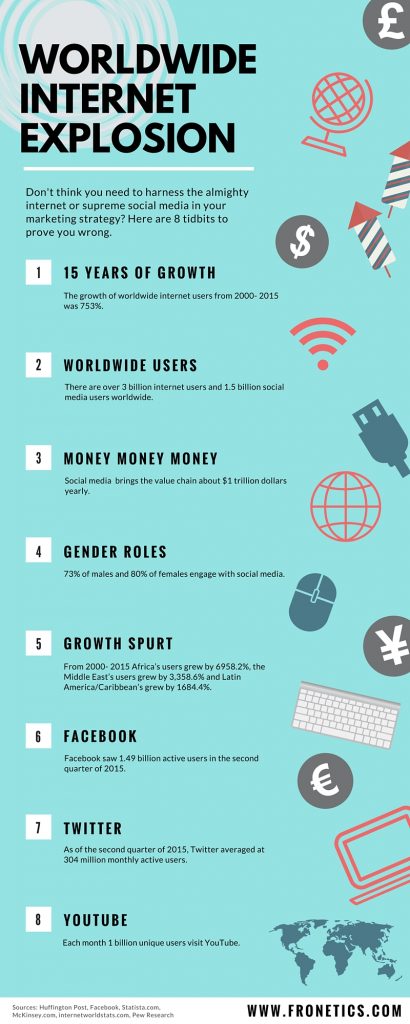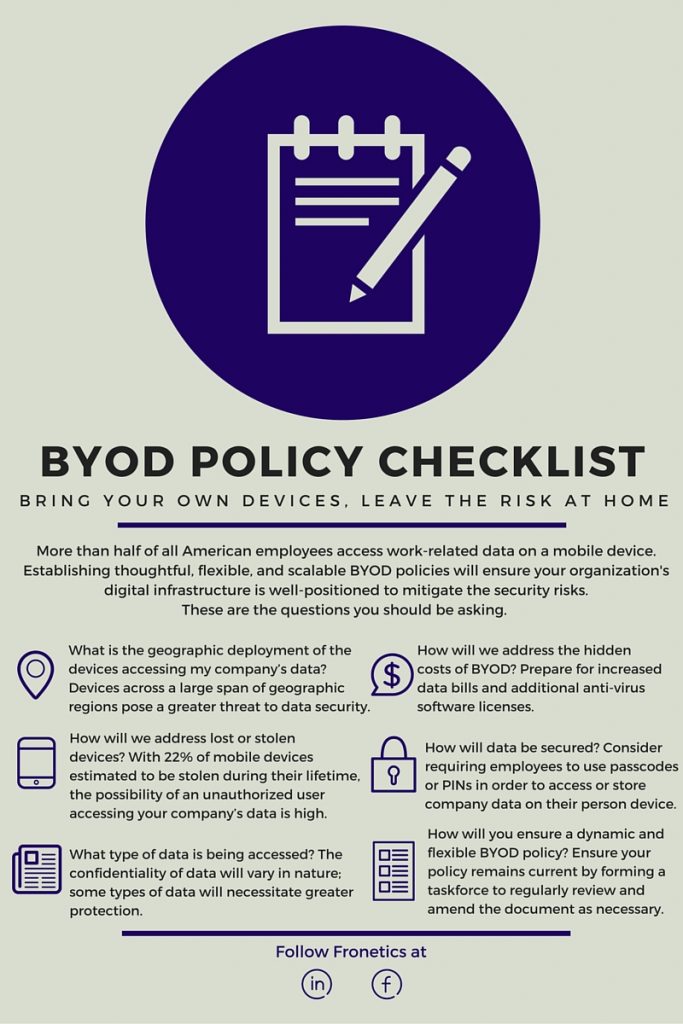
How to Make Your Supply Chain Website Mobile Friendly
Last updated: November 18, 2024
Having a mobile-friendly website isn’t just an option in 2025 — it’s a necessity. With mobile devices accounting for over 60% of web traffic and search engines increasingly considering mobile-friendliness in results, supply chain businesses can’t afford to neglect the mobile user experience. This guide will walk you through the essential steps to optimize your supply chain website for mobile users in 2025.
Why Mobile-First Matters More Than Ever
The shift to mobile-first design has been dramatic over the past few years. Users now expect seamless experiences across all devices, and search engines prioritize mobile-friendly websites in their rankings. A poorly optimized mobile site can lead to:
- Higher bounce rates
- Lower conversion rates
- Decreased search engine rankings
- Reduced customer trust
- Lost business opportunities
Essential Mobile Optimization Strategies for 2025
1. Implement Responsive Design 2.0
While responsive design has been around for years, modern implementations require more sophistication. Your website should:
– Use fluid grid systems that adapt to any screen size
– Implement dynamic typography that scales properly
– Utilize container queries for more granular control
– Employ adaptive loading patterns based on device capabilities
– Leverage CSS subgrid for complex nested layouts
2. Optimize Performance
Speed is crucial for mobile users. Focus on these performance metrics:
– Aim for a Core Web Vitals score in the top 75th percentile
– Keep First Contentful Paint (FCP) under 1.8 seconds
– Ensure Largest Contentful Paint (LCP) occurs within 2.5 seconds
– Maintain Cumulative Layout Shift (CLS) below 0.1
– Optimize Time to Interactive (TTI) to under 3.8 seconds
3. Embrace Progressive Web App (PWA) Features
PWAs continue to bridge the gap between web and native apps. Implement:
– Offline functionality
– Push notifications
– App-like navigation
– Home screen installation
– Background sync capabilities
4. Focus on Touch-Friendly Navigation
Mobile users interact with their devices differently than desktop users. Ensure your design accounts for:
– Touch targets of at least 44×44 pixels
– Adequate spacing between interactive elements
– Gesture-based navigation options
– Easy-to-reach navigation elements
– Clear visual feedback for interactions
5. Optimize Media for Mobile
Media optimization is crucial for mobile performance:
– Implement responsive images using srcset and sizes attributes
– Use next-gen image formats like WebP and AVIF
– Employ lazy loading for images and videos
– Optimize video delivery with adaptive bitrate streaming
– Consider reduced motion preferences
6. Implement Smart Content Prioritization
Mobile users need quick access to essential information:
– Use progressive disclosure techniques
– Implement collapsible sections for lengthy content
– Prioritize critical content above the fold
– Use accordion patterns for complex information
– Consider implementing content parity with context
Advanced Mobile Optimization Techniques
1. Leverage AI-Driven Personalization
Modern mobile experiences can benefit from AI:
– Implement predictive loading based on user behavior
– Use AI to optimize image compression
– Employ machine learning for content recommendations
– Utilize AI-powered chatbots for mobile support
– Implement smart search with natural language processing
2. Focus on Mobile Security
Security concerns are paramount for mobile users:
– Implement biometric authentication options
– Use HTTPS everywhere
– Enable two-factor authentication
– Implement Content Security Policy (CSP)
– Regular security audits for mobile-specific vulnerabilities
3. Optimize for Voice Search
Voice search optimization is increasingly important:
– Implement structured data markup
– Focus on conversational keywords
– Optimize for featured snippets
– Ensure fast loading times for voice results
– Create voice-friendly navigation options
Testing and Monitoring
Regular testing is crucial for maintaining mobile optimization:
Tools to Use:
- Google Mobile-Friendly Test
- Chrome DevTools’ Device Mode
- GTmetrix Mobile Testing
- Real Device Testing Labs
- User Session Recording Tools
Metrics to Monitor:
- Mobile conversion rates
- Page load times on different devices
- Mobile-specific bounce rates
- User engagement metrics
- Mobile search rankings
Common Mobile Optimization Mistakes to Avoid
1. Neglecting Mobile Forms
Keep forms short and simple
– Use appropriate input types
– Implement auto-fill where possible
– Provide clear error messages
– Use smart keyboards for different input types
2. Poor Touch Targets
– Avoid placing touch targets too close together
– Make buttons and links easily tappable
– Provide clear visual feedback
– Consider thumb zones in design
– Test with different hand sizes
3. Ignoring Mobile Context
– Consider user location and context
– Optimize for on-the-go usage
– Account for varying network conditions
– Design for different lighting conditions
– Consider device capabilities
Future-Proofing Your Mobile Strategy
As we move forward in 2025, consider these emerging trends:
– 5G optimization opportunities
– Augmented Reality (AR) integration
– Foldable device compatibility
– AI-driven personalization
– Enhanced privacy features
Conclusion
Mobile optimization is an ongoing process that requires regular attention and updates. By implementing these strategies, you’ll create a mobile-friendly supply chain website that not only meets current standards but is also prepared for future developments. Remember that mobile users have different needs and expectations than desktop users, and your website should cater to both audiences effectively.
Regular testing, monitoring, and updating your mobile optimization strategy will ensure your business website remains competitive and provides an excellent user experience across all devices. As mobile technology continues to evolve, staying current with best practices and emerging trends will be crucial for maintaining a strong online presence.
Is your business making the most of its web presence?
Get a free website audit
Discover untapped opportunities and places you may be losing leads with our free website audit.



![How to Keep Your Company Data Safe in a BYOD Environment [Infographic]](https://www.fronetics.com/wp-content/uploads/2024/10/BYOD-policy-checklist-800x675.jpg)



